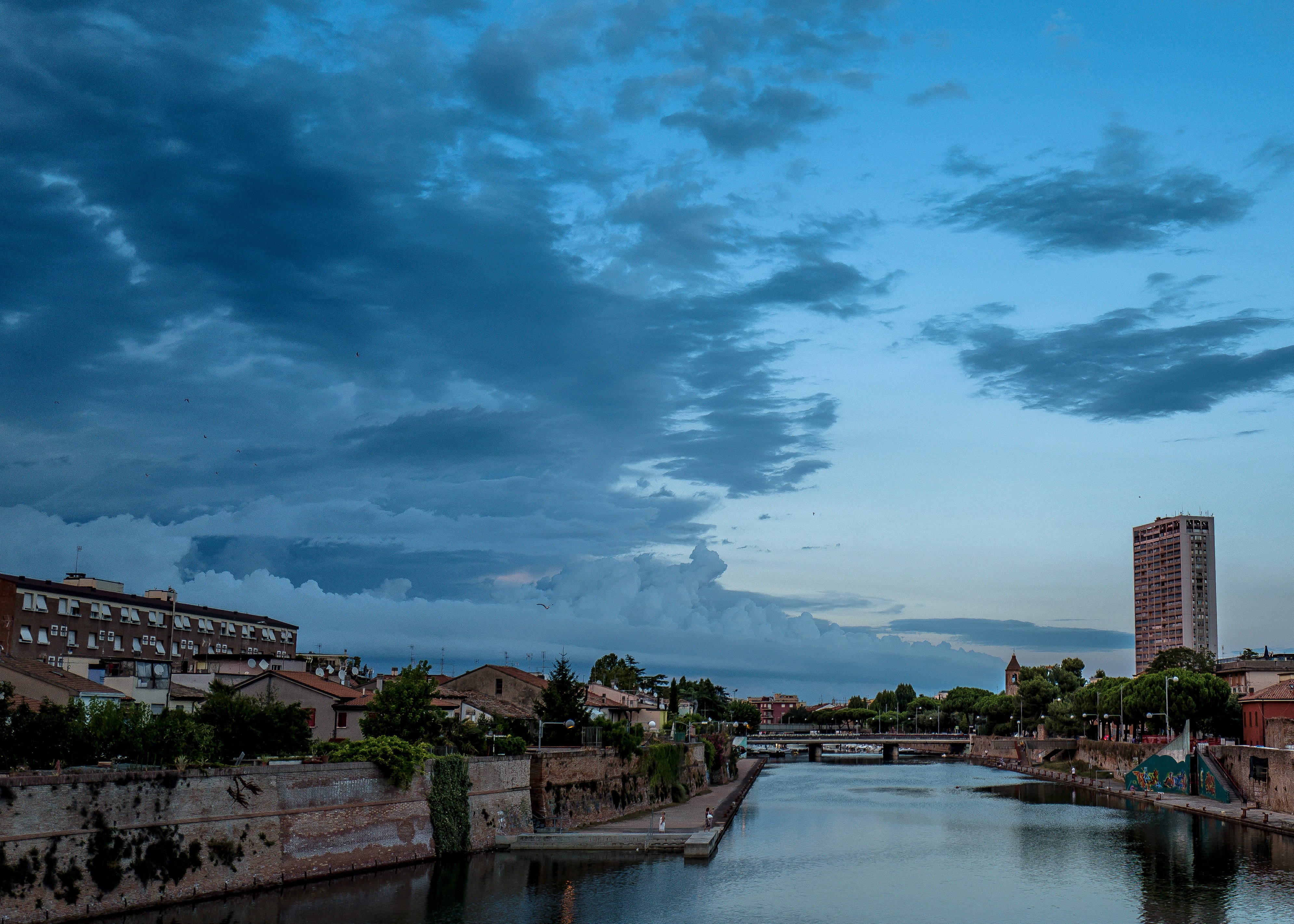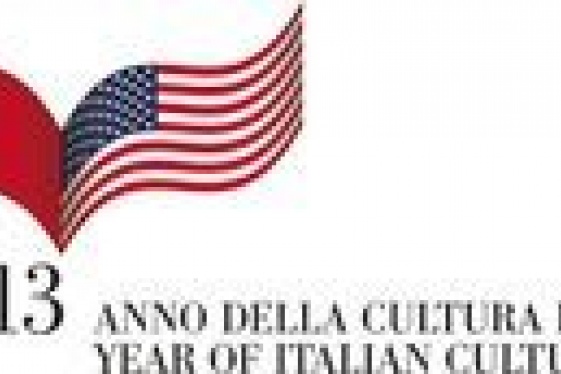

Rimini symbolizes the Adriatic Riviera and Italian seaside tourism. Thousands of Italian and foreign tourists flock to its sandy beaches each year as it is considered the capital of Italian summer fun.
It stands between hills and sea, close to other beautiful tourist and cultural Emilia Romagna towns, and offers quiet boarding houses, large hotels, hostels and aparthotels suitable for all tastes along its shoreline. The ample and diversified tourist offer ensures any type of holiday requirement for those seeking relaxation, fun, sports, entertainment and culture.
Art and History
Ancient Ariminum was founded in 268 BC and the arch of Augustus, built in 27 BC as a homage to the emperor, and the Tiberius Bridge on the Marecchia, a construction consisting of five Istria stone arches begun under Emperor Augustus and which Tiberius completed in 21, still pay testimony to its importance during Roman times.
Rimini became a municipality whilst under Byzantine domination during the XII century when new walls and monuments such as the Basilica of St. Agostino were erected. The enlightened lord Sigismondo Malatesta transformed the city into one of the most vibrant cultural centres of the peninsula by calling the greatest artists of the time to his court; some of these contributed to the most famous landmarks: the castle - a turreted fifteenth century fortress - and the temple. This latter masterpiece of Renaissance architecture houses extraordinary works, such as a fresco by Piero della Francesca in the cell of the Relics, a crucifix painted by Giotto and Vasari’s painting depicting St. Francis. With the fall of the Malatesta (XVI century), the town declined to a marginal role and remained under the influence of the Papal States until the unification of Italy.
What to do
Everyone knows Rimini and the Adriatic Riviera and all they have on offer. Fitness lovers will find beaches where they will be spoiled in choosing which sports to practice. The harbour and the promenade are full of bars and kiosks with typical and tasty “piadine” (flat bread) and constitute an ideal place for cycling.A family trip to one of the many nearby amusement parks such as Mirabilandia or the zoo safari shouldn’t be missed; nor an evening stroll along Viale Vespucci, whose bars and shops are a favourite destination for shoppers.
Rimini also offers many clubs where you can dance until dawn both locally and in nearby towns, such as Gabicce mare or Riccione. Fun, history, art and cuisine: these make up the Riviera of Romagna and Rimini’s secret formula for success.
You may be interested
-
A Week in Emilia Romagna: An Italian Atmosp...
The Wine Consortium of Romagna, together with Consulate General of Italy in Boston, the Ho...
-
Emanuele: cervello d'Italia al Mit di Boston
Si chiama Emanuele Ceccarelli lo studente del liceo Galvani di Bologna unico italiano amme...
-
'Crimebuster', Lou Dematteis: "Se il papà ita...
"I miei nonni vengono tutti dall’Italia, sono emigrati tra il 1903 e il 1910. Entrambi i m...
-
'I stayed in Italian city with the charm of V...
Known for its picturesque canals, art scene and Renaissance and Gothic palaces, Venice is...
-
'Lovers of Modena' skeletons holding hands we...
The “Lovers of Modena”, a pair of skeletons so called because they were buried hand-in-han...
-
'Truffle tourism' worth 63 million euros in I...
Truffle fairs and truffle hunting tours have attracted some 120,000 visitors to Italy this...
-
‘Bless And Protect My Team’: An Italian Town...
In the chapel of a small hillside sanctuary in Porretta Terme — a handsome town in central...
-
‘Extremely rare’ Roman temple discovered on s...
Sarsina is a sleepy, rural town of barely 3,000 residents straddling the pristine Apennine...










